Home>Home Appliances>Heating & Cooling>What Is Central Heating In An Apartment
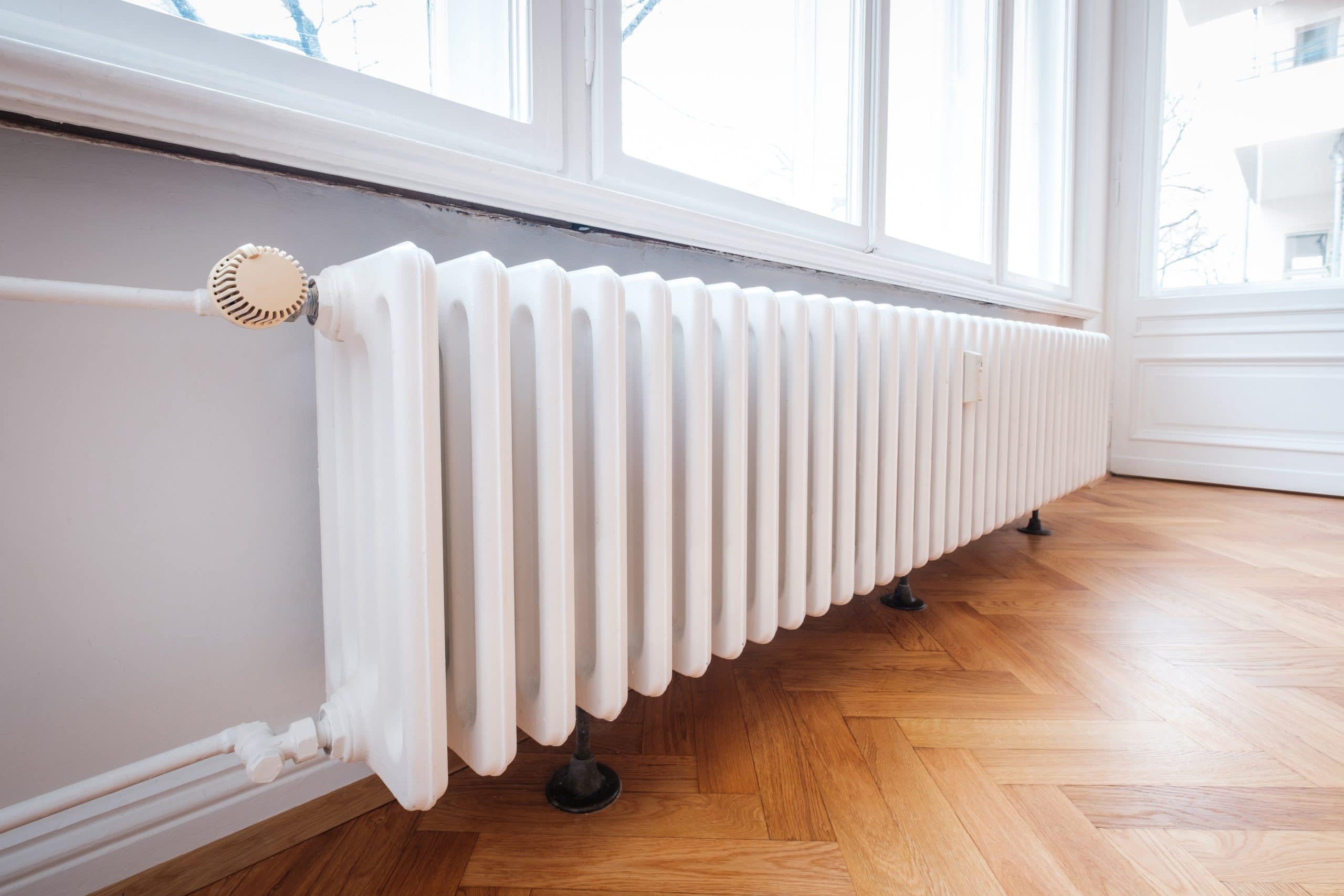

Heating & Cooling
What Is Central Heating In An Apartment
Published: February 15, 2024
Learn about central heating in apartments and how it can improve your comfort. Find out the benefits of efficient heating and cooling systems. Discover the best solutions for apartment heating and cooling.
(Many of the links in this article redirect to a specific reviewed product. Your purchase of these products through affiliate links helps to generate commission for Storables.com, at no extra cost. Learn more)
Introduction
Central heating is a vital aspect of modern living, especially in apartment buildings where it plays a crucial role in maintaining a comfortable and cozy indoor environment. Whether it's the dead of winter or a chilly autumn evening, central heating ensures that residents can enjoy a warm and inviting atmosphere within their living spaces. This innovative system provides consistent heat throughout the entire apartment, offering a respite from the harsh outdoor temperatures.
In this article, we will delve into the intricacies of central heating in apartment buildings, exploring its components, benefits, and maintenance requirements. By gaining a deeper understanding of central heating systems, apartment dwellers can make informed decisions about their heating needs and ensure the optimal functioning of their heating systems.
Stay tuned as we unravel the mysteries of central heating and uncover the secrets to maintaining a cozy and inviting apartment all year round.
Key Takeaways:
- Central heating in apartments provides consistent warmth, energy efficiency, and space optimization. Understanding its components and maintenance ensures a cozy living environment all year round.
- Different types of central heating systems offer unique benefits, allowing residents to tailor their heating experience to suit their individual needs. Regular maintenance safeguards long-term comfort and well-being.
Read more: What Is Central Heating
Understanding Central Heating
Central heating is a sophisticated system designed to distribute heat evenly throughout an entire apartment building. Unlike standalone heating units, such as space heaters or individual radiators, central heating operates from a single source, providing warmth to multiple living spaces simultaneously. This centralized approach ensures consistent and efficient heating, offering residents a comfortable environment regardless of the outdoor temperature.
At the heart of central heating lies a heating appliance, often a furnace or boiler, which generates the heat. This heat is then distributed through a network of pipes, vents, or radiators, strategically positioned throughout the building to disperse warmth evenly. The distribution system ensures that every room receives an adequate amount of heat, eliminating cold spots and maintaining a uniform temperature throughout the apartment.
Central heating systems are typically controlled by a thermostat, allowing residents to regulate the indoor temperature according to their preferences. This level of control not only enhances comfort but also contributes to energy efficiency, as the system can be adjusted to conserve energy when the heating is not required.
Understanding the mechanics of central heating is essential for apartment dwellers, as it enables them to appreciate the convenience and reliability of this heating solution. By grasping the fundamentals of how central heating operates, residents can make informed decisions about their heating needs and ensure the optimal performance of their heating systems.
In the next section, we will explore the numerous benefits of central heating in an apartment, shedding light on the advantages it offers to residents and the overall living experience.
Benefits of Central Heating in an Apartment
Central heating in an apartment offers a myriad of benefits that significantly enhance the living experience for residents. Let's delve into the advantages of this innovative heating system:
-
Consistent Comfort: Central heating ensures a consistent and comfortable indoor environment throughout the apartment. Regardless of the outdoor temperature, residents can enjoy a cozy and inviting atmosphere, making their living spaces a refuge from the harsh elements.
-
Energy Efficiency: Central heating systems are designed to operate efficiently, providing warmth while conserving energy. With the ability to regulate the temperature using a thermostat, residents can optimize energy usage, leading to potential cost savings on heating bills.
-
Even Heat Distribution: Unlike standalone heating units that may create uneven heating patterns, central heating systems distribute warmth evenly across all rooms. This eliminates cold spots and ensures that every corner of the apartment receives adequate heating, promoting a balanced and comfortable living environment.
-
Space Optimization: Central heating eliminates the need for individual heating units in each room, freeing up valuable space and allowing for more versatile interior design options. Residents can utilize the available space more effectively without the constraints of accommodating multiple heating appliances.
-
Convenience and Control: With a central heating system, residents have the convenience of regulating the indoor temperature from a single point using a thermostat. This level of control allows for personalized comfort, enabling individuals to adjust the heating according to their preferences without the hassle of managing multiple heating devices.
-
Enhanced Property Value: Apartments equipped with central heating systems are often more attractive to potential buyers or renters. The presence of a reliable and efficient heating solution adds to the overall appeal and desirability of the property, potentially increasing its market value.
-
Year-Round Comfort: Central heating systems are not limited to cold weather; they can also provide warmth during chilly evenings in transitional seasons. This versatility ensures year-round comfort, making central heating a valuable asset for apartment dwellers regardless of the time of year.
By understanding and appreciating the numerous benefits of central heating in an apartment, residents can make informed decisions about their heating needs and enjoy a comfortable and inviting living space throughout the year.
Components of Central Heating System
A central heating system comprises several essential components that work in harmony to provide consistent warmth and comfort throughout an apartment building. Understanding these components is crucial for residents to comprehend the inner workings of their heating system and ensure its optimal performance.
-
Heating Appliance: At the core of the central heating system lies the heating appliance, which is typically a furnace or boiler. This appliance generates the heat that will be distributed throughout the building, serving as the primary source of warmth.
-
Distribution Network: The distribution network consists of a series of pipes, vents, or radiators strategically positioned throughout the apartment building. These components facilitate the transfer of heat from the central heating appliance to individual living spaces, ensuring even distribution of warmth.
-
Thermostat: The thermostat serves as the control center for the central heating system, allowing residents to regulate the indoor temperature according to their preferences. Modern thermostats often feature programmable settings, enabling users to schedule temperature adjustments based on their daily routines.
-
Ductwork (for Forced-Air Systems): In central heating systems that utilize forced-air technology, ductwork plays a crucial role in distributing heated air throughout the building. The ductwork network ensures that warm air reaches every room, maintaining a consistent temperature throughout the apartment.
-
Heat Exchanger (for Boilers): In boiler-based central heating systems, the heat exchanger is a vital component responsible for transferring heat from the boiler to the circulating water or steam. This process ensures that the warmth generated by the boiler is effectively utilized to heat the living spaces.
-
Expansion Tank (for Hydronic Systems): Hydronic central heating systems, which utilize water as the heat transfer medium, incorporate an expansion tank to accommodate the expansion of water as it heats up. This component helps maintain optimal pressure within the system, ensuring efficient operation.
-
Pump: In hydronic central heating systems, a pump is employed to circulate the heated water or steam through the distribution network. The pump plays a pivotal role in ensuring that warmth is effectively transported to all areas of the apartment building, contributing to uniform heating.
Understanding the components of a central heating system empowers residents to appreciate the intricacies of their heating solution and recognize the importance of regular maintenance and care. By familiarizing themselves with these components, apartment dwellers can ensure the efficient and reliable operation of their central heating system, thereby enhancing their overall living experience.
Central heating in an apartment is a system that provides heat to the entire space from a single source, such as a furnace or boiler. It’s important to understand how to properly maintain and use the central heating system to ensure it operates efficiently and effectively. Regularly changing the air filters and scheduling annual maintenance checks can help keep the system running smoothly.
Types of Central Heating Systems
Central heating systems come in various configurations, each offering unique advantages and catering to different heating requirements. Understanding the different types of central heating systems is essential for apartment dwellers, as it enables them to select the most suitable option for their living spaces. Let's explore the common types of central heating systems:
-
Forced-Air Heating Systems: This type of central heating system utilizes a furnace to generate heat, which is then distributed throughout the apartment via a network of ducts. The heated air is propelled through the ductwork and released into individual rooms through vents or registers. Forced-air systems are known for their rapid heating capabilities and the ability to incorporate air filtration and humidification features, enhancing indoor air quality.
-
Hydronic (Hot Water) Heating Systems: Hydronic central heating systems rely on the circulation of hot water or steam to provide warmth. A boiler heats the water, which is then distributed through a network of pipes to radiators or underfloor heating systems in each room. Hydronic systems offer efficient and consistent heating, with the added benefit of zoned heating, allowing residents to control the temperature in different areas of the apartment independently.
-
Electric Resistance Heating Systems: In this type of central heating system, electric resistance heaters, such as baseboard heaters or electric radiators, are installed in individual rooms to provide warmth. Each heater operates independently, offering precise temperature control for specific areas. Electric resistance heating systems are relatively easy to install and do not require a central boiler or furnace, making them a cost-effective option for certain apartment layouts.
-
Heat Pump Systems: Heat pump central heating systems utilize a refrigerant cycle to extract heat from the outdoor air and transfer it indoors. These systems can provide both heating and cooling, offering year-round climate control. Heat pumps are known for their energy efficiency and environmentally friendly operation, making them a sustainable heating solution for apartment buildings.
-
Radiant Heating Systems: Radiant heating systems employ heating elements installed beneath the floor or within the walls or ceilings to emit radiant heat. This type of central heating system offers a comfortable and consistent warmth that emanates from the surfaces within the living spaces. Radiant heating is valued for its energy efficiency and the luxurious comfort it provides, especially in colder climates.
By familiarizing themselves with the various types of central heating systems, apartment residents can make informed decisions when selecting a heating solution that aligns with their preferences, budget, and living space requirements. Each type of central heating system offers distinct features and benefits, allowing residents to tailor their heating experience to suit their individual needs.
Understanding the nuances of these central heating systems empowers apartment dwellers to create a warm and inviting living environment, ensuring comfort and coziness throughout the year.
Maintenance and Care for Central Heating
Maintaining a central heating system is essential to ensure its longevity, efficiency, and reliable performance. By implementing regular maintenance and care practices, apartment residents can safeguard their heating system and enjoy a consistent and comfortable indoor environment. Here are key maintenance guidelines for central heating systems:
-
Scheduled Inspections: Regular inspections by qualified HVAC professionals are crucial for identifying potential issues and ensuring the optimal functioning of the central heating system. These inspections typically involve checking the heating appliance, distribution network, thermostat, and other components for any signs of wear, damage, or inefficiency.
-
Filter Replacement: For forced-air heating systems, replacing the air filters at recommended intervals is vital to maintain indoor air quality and prevent the accumulation of dust and debris within the system. Clean filters promote efficient airflow and reduce strain on the heating appliance, contributing to energy efficiency.
-
Thermostat Calibration: Periodically calibrating the thermostat to ensure accurate temperature readings and responsive control is essential for maintaining a comfortable indoor environment. Residents should also consider upgrading to programmable thermostats, which offer energy-saving features and customizable heating schedules.
-
Duct Cleaning: In forced-air heating systems, professional duct cleaning helps remove dust, allergens, and debris that may accumulate within the ductwork. Clean ducts facilitate efficient airflow and contribute to improved indoor air quality, benefiting residents with respiratory sensitivities.
-
Boiler Maintenance: For hydronic heating systems, regular boiler maintenance is imperative to ensure optimal performance. This includes inspecting and cleaning the boiler, checking for leaks, and verifying the functionality of safety controls and pressure levels.
-
Radiators and Underfloor Heating: Residents should periodically bleed radiators in hydronic systems to release trapped air, ensuring efficient heat distribution. Additionally, maintaining underfloor heating systems involves monitoring for any potential issues with the heating elements and ensuring even heat dispersion.
-
Professional Servicing: Engaging professional HVAC technicians for annual servicing of the central heating system is highly recommended. These experts can conduct comprehensive inspections, clean critical components, and address any emerging issues to maintain the system's efficiency and reliability.
By adhering to these maintenance practices, apartment residents can prolong the lifespan of their central heating system, optimize energy efficiency, and enjoy a consistently comfortable living environment. Prioritizing the care and maintenance of the central heating system is an investment in long-term comfort and well-being, ensuring that residents can rely on their heating solution throughout the year.
Conclusion
In conclusion, central heating systems play a pivotal role in creating a comfortable and inviting living environment within apartment buildings. The comprehensive understanding of central heating, including its benefits, components, types, and maintenance requirements, empowers residents to make informed decisions about their heating needs and ensures the optimal performance of their heating systems.
By embracing central heating, apartment dwellers can revel in the consistent comfort it provides, regardless of the outdoor temperature. The even distribution of warmth, energy efficiency, and the convenience of centralized control contribute to a cozy and inviting indoor atmosphere, making the apartment a refuge from the elements.
Understanding the components of a central heating system, such as the heating appliance, distribution network, thermostat, and additional elements specific to various system types, enables residents to appreciate the inner workings of their heating solution. This knowledge empowers them to recognize the importance of regular maintenance and care, ensuring the efficient and reliable operation of their central heating system.
Exploring the diverse types of central heating systems, including forced-air, hydronic, electric resistance, heat pump, and radiant heating systems, provides residents with the insight to select a heating solution that aligns with their preferences, budget, and living space requirements. Each system type offers unique features and benefits, allowing residents to tailor their heating experience to suit their individual needs.
Furthermore, prioritizing the maintenance and care of the central heating system through scheduled inspections, filter replacement, thermostat calibration, duct cleaning, boiler maintenance, and professional servicing is an investment in long-term comfort and well-being. These practices ensure the longevity, efficiency, and reliable performance of the central heating system, contributing to a consistently comfortable living environment.
In essence, central heating systems are not merely functional components of apartment living; they are the guardians of comfort, warmth, and well-being. By embracing the intricacies of central heating and implementing proactive maintenance practices, apartment residents can bask in the assurance of a cozy and inviting living space throughout the year.
Frequently Asked Questions about What Is Central Heating In An Apartment
Was this page helpful?
At Storables.com, we guarantee accurate and reliable information. Our content, validated by Expert Board Contributors, is crafted following stringent Editorial Policies. We're committed to providing you with well-researched, expert-backed insights for all your informational needs.
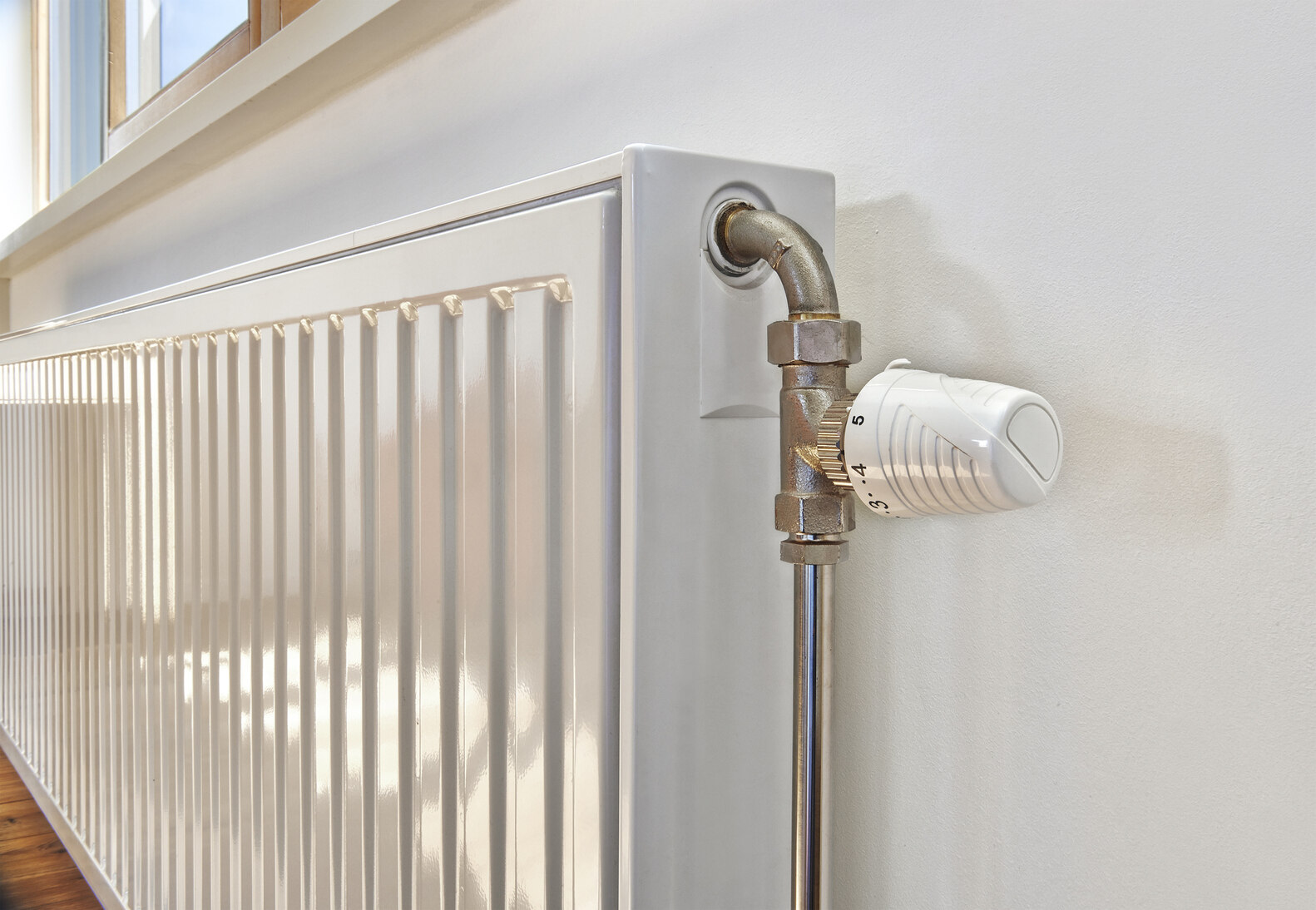
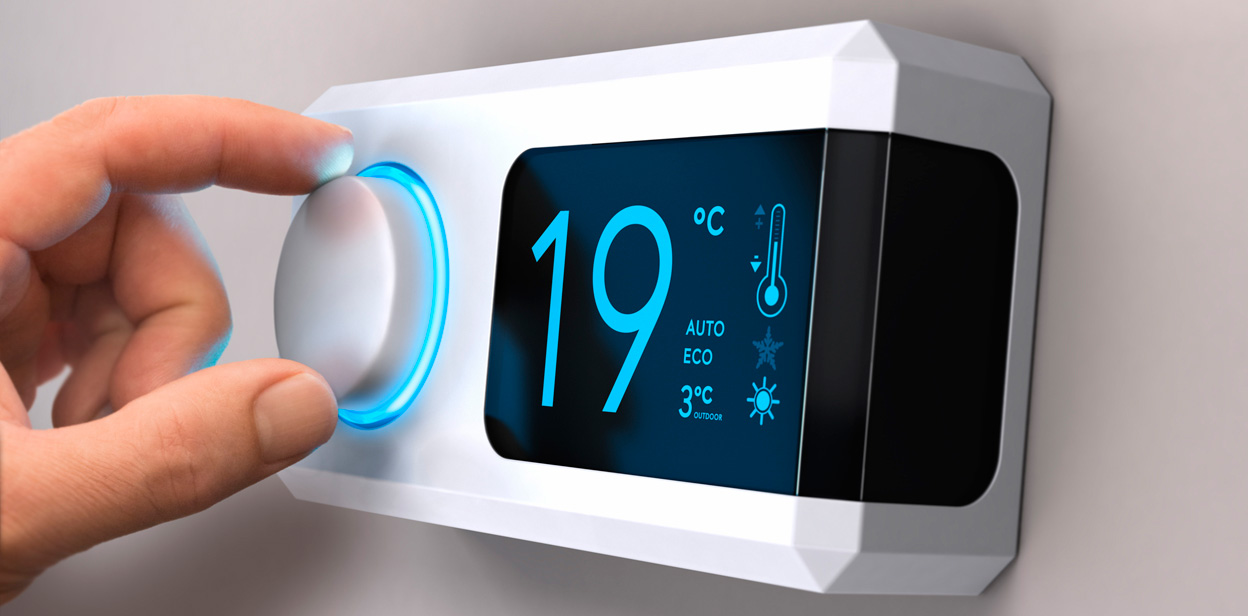
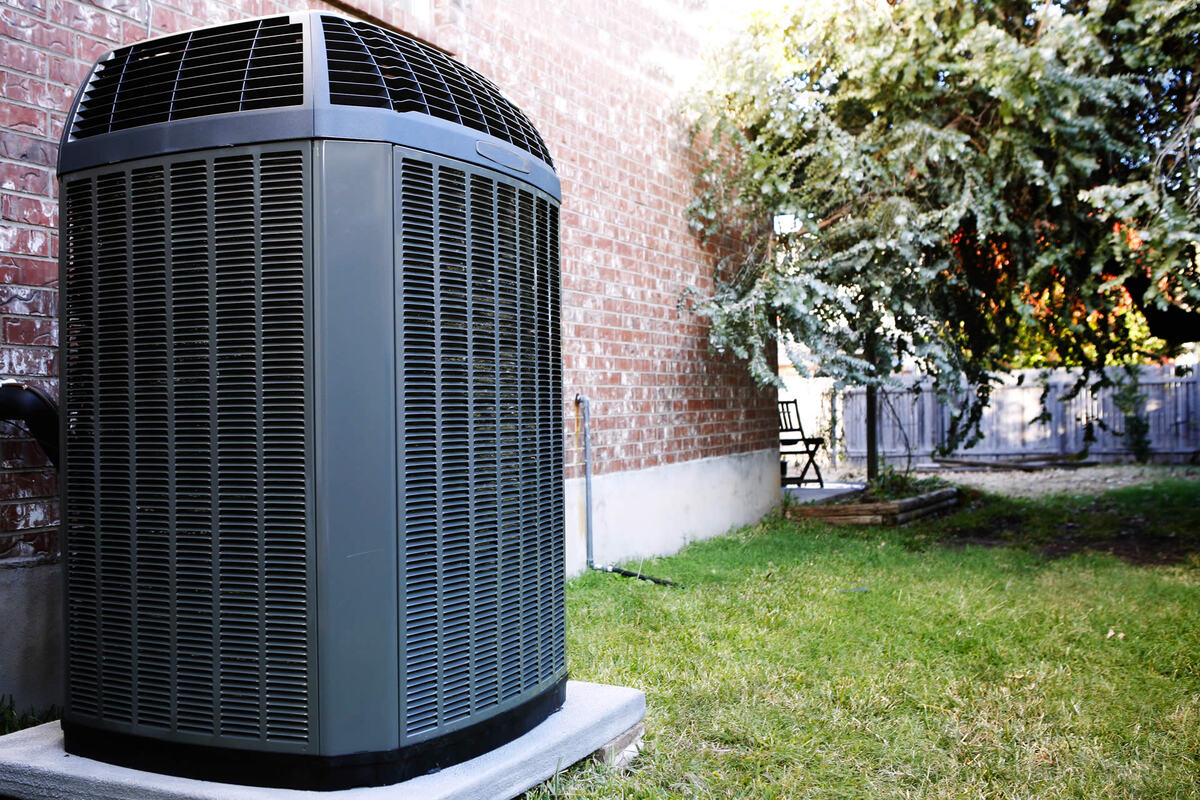
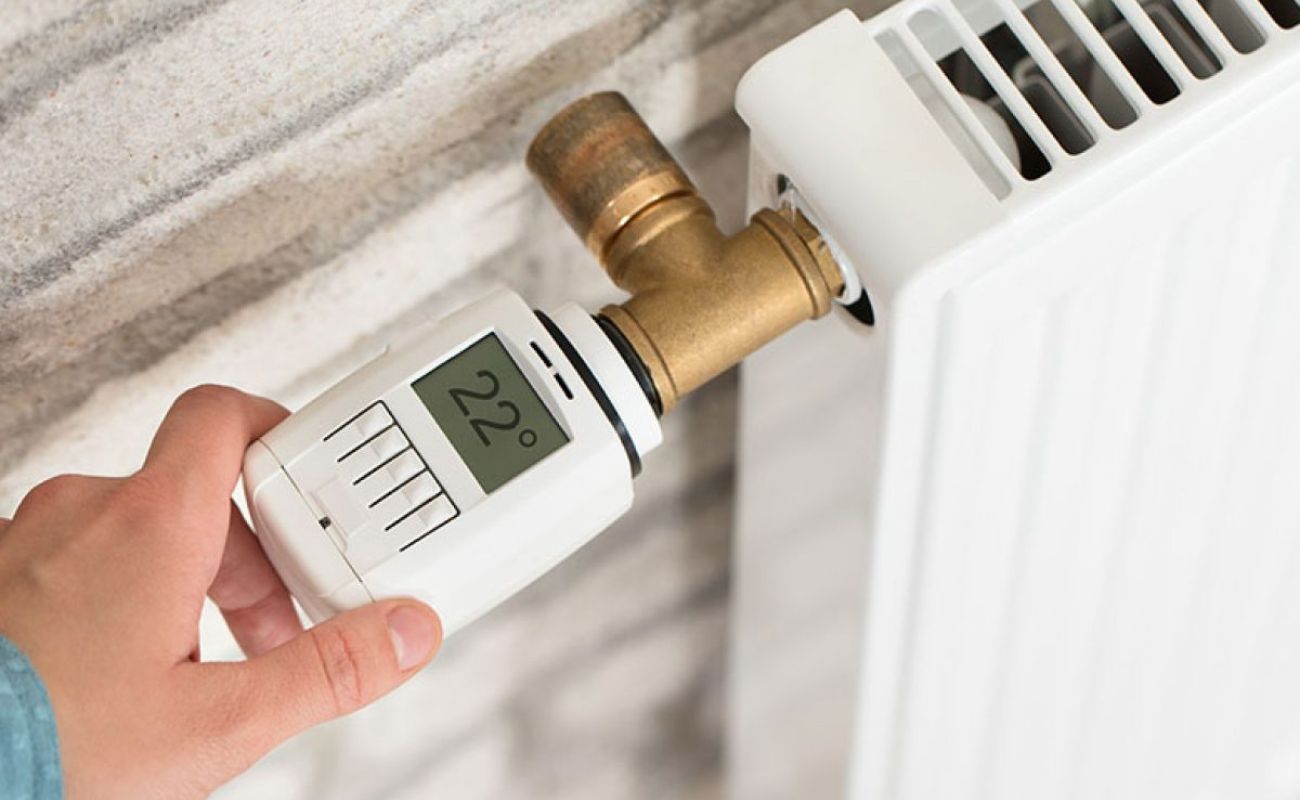
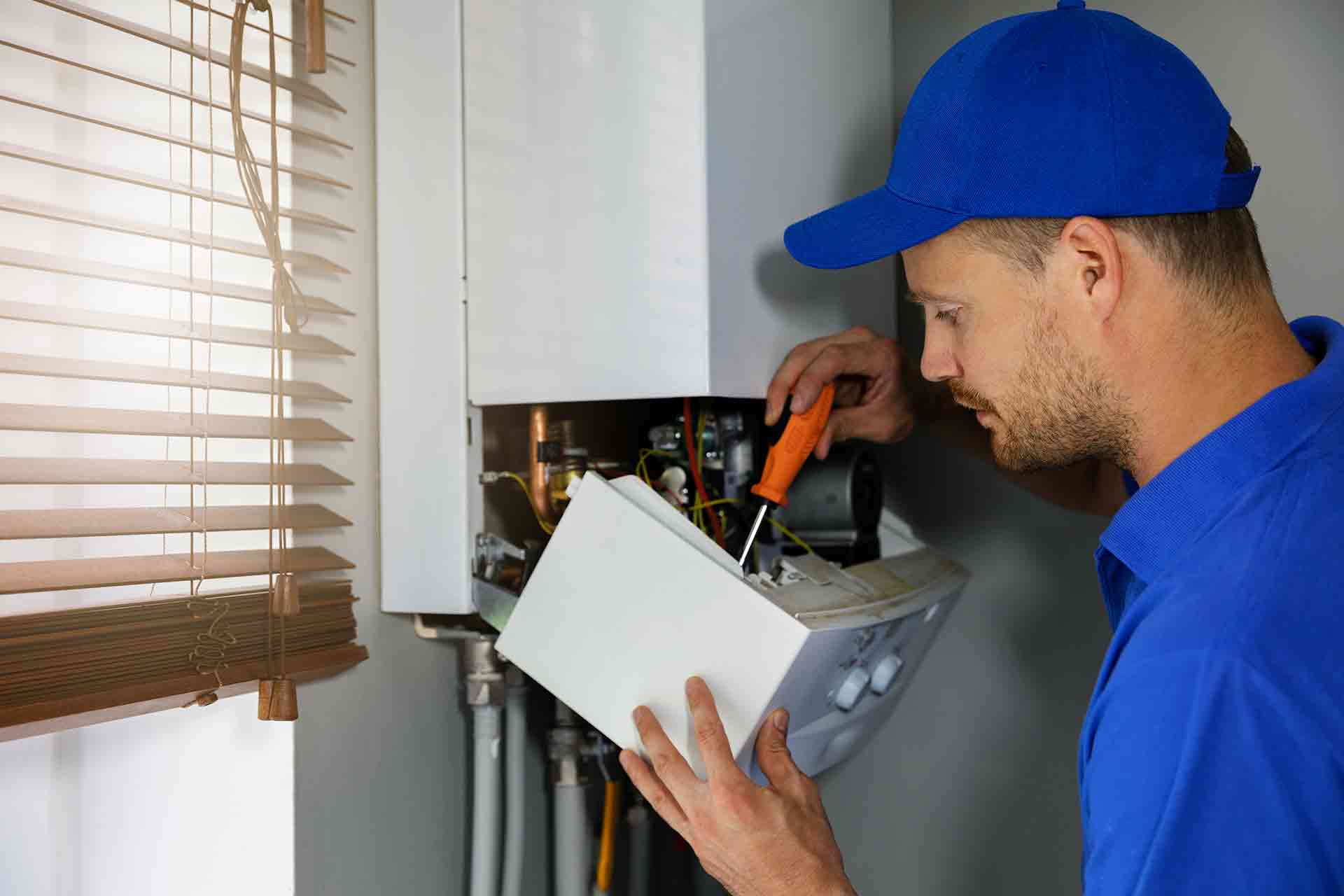
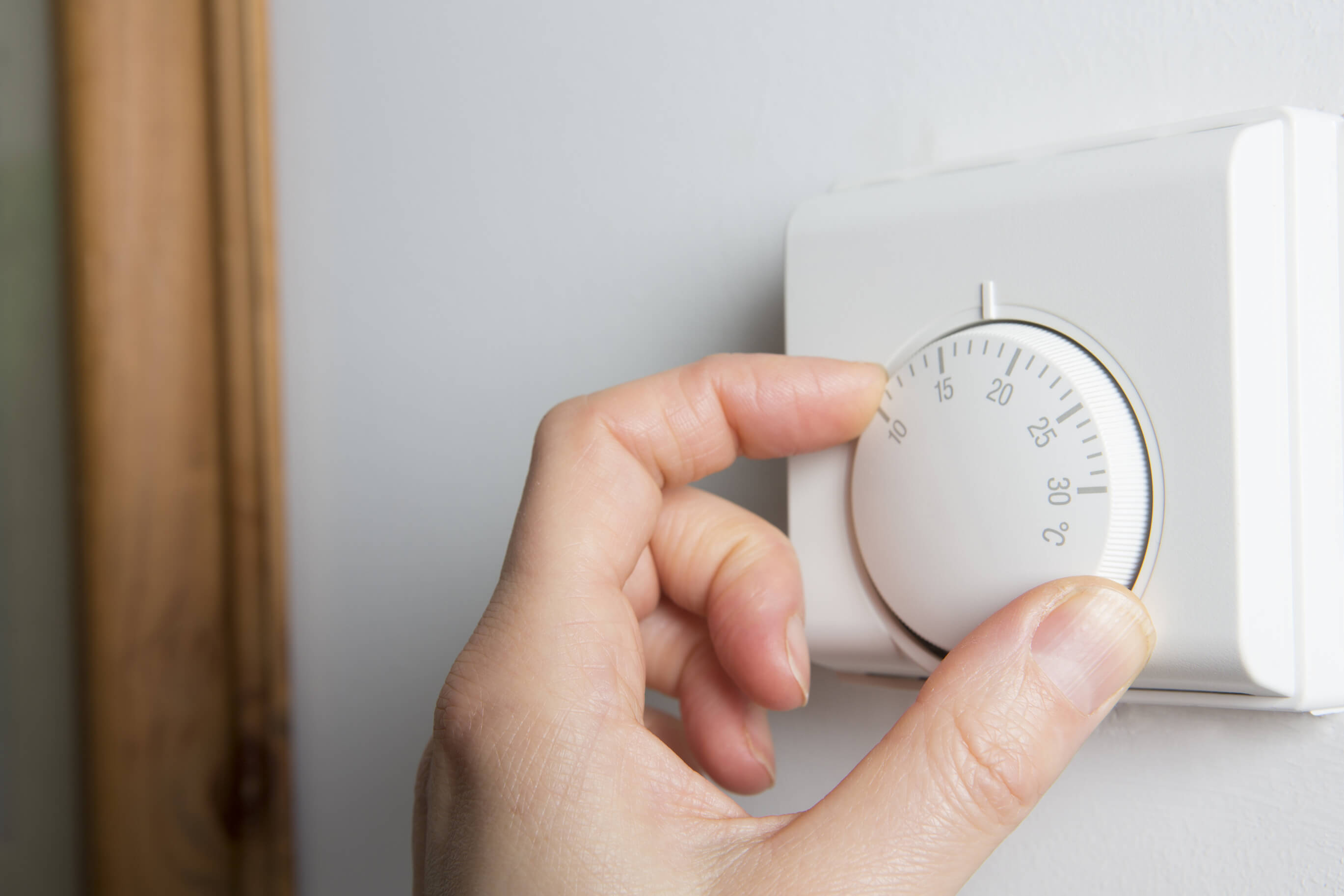
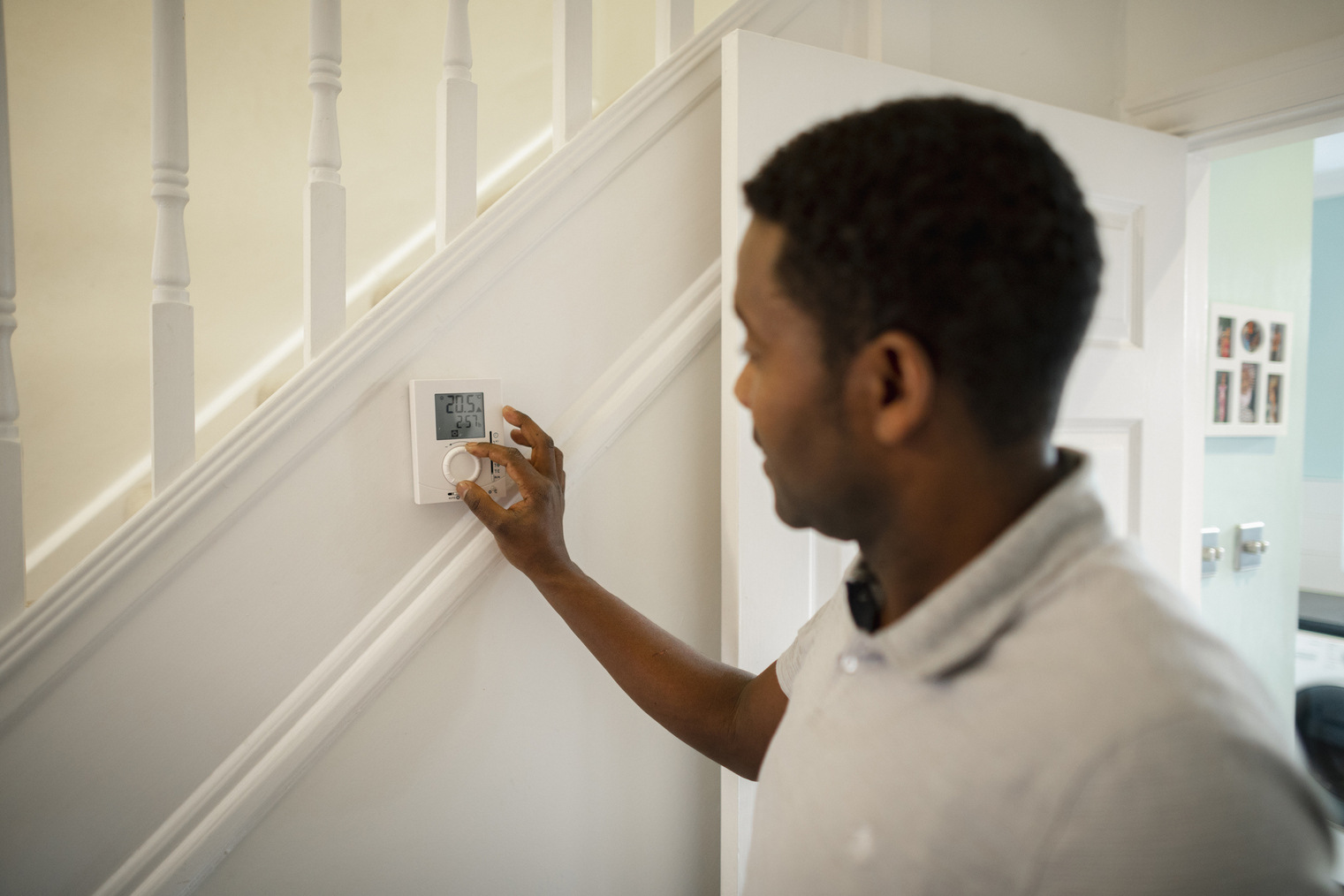

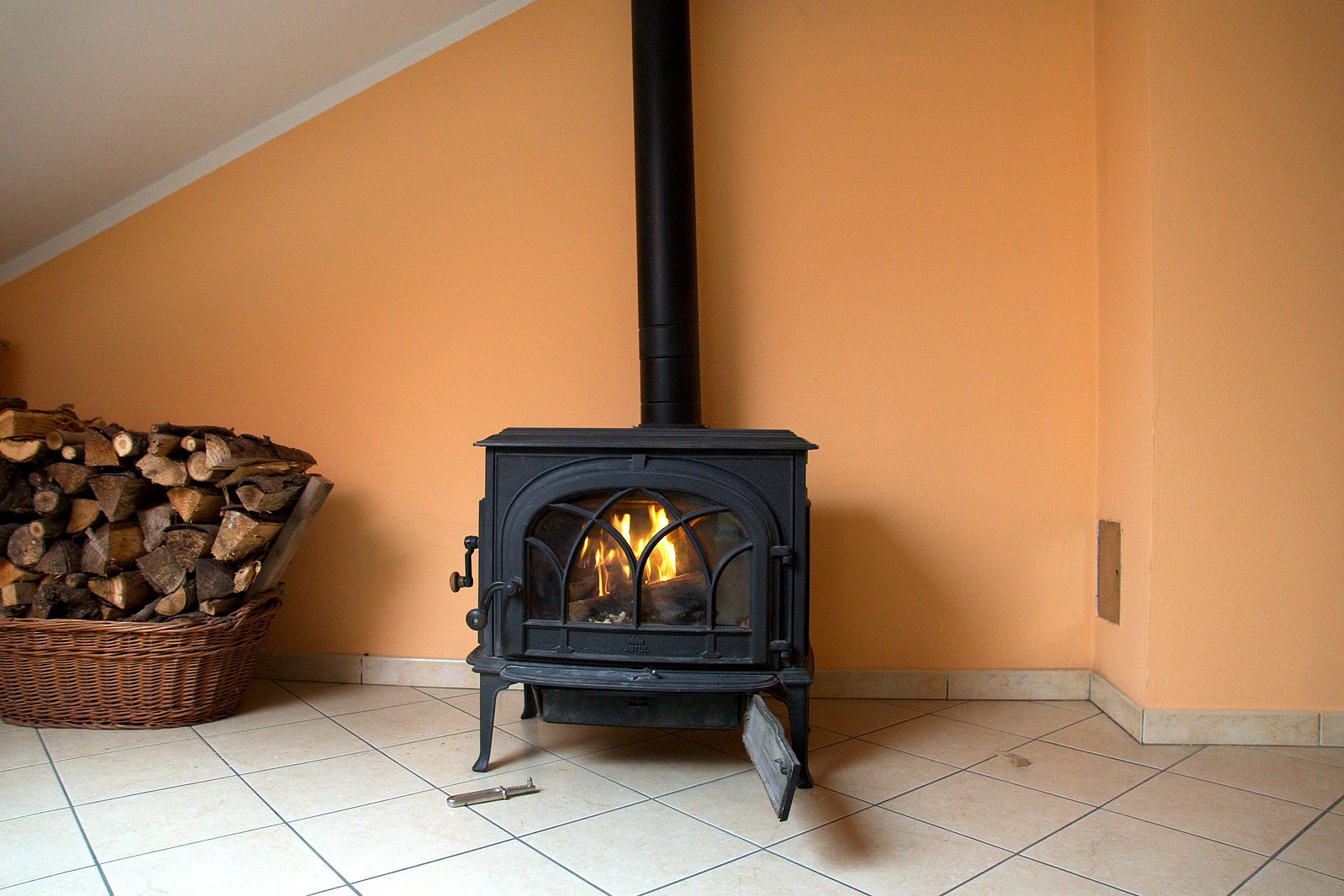
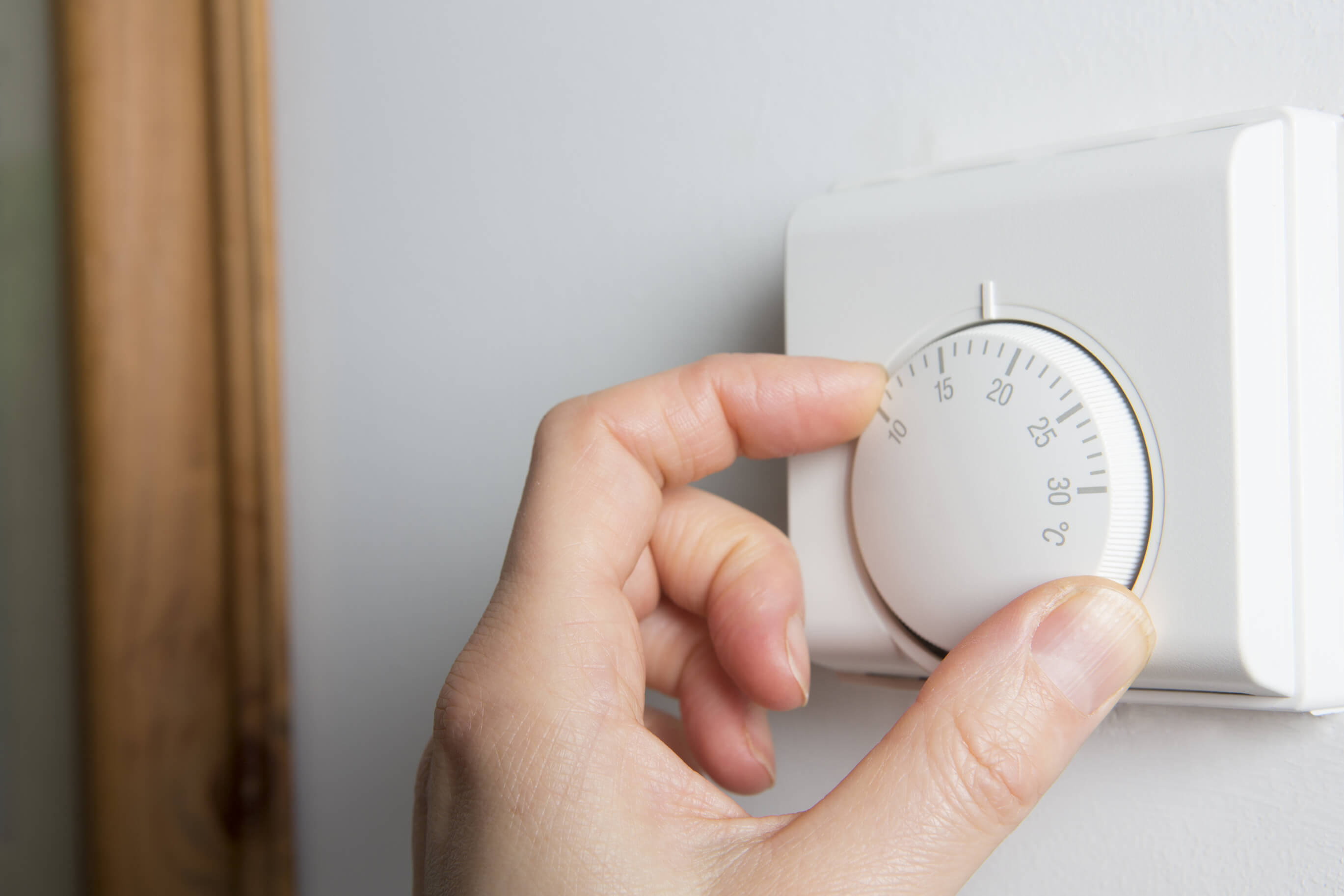
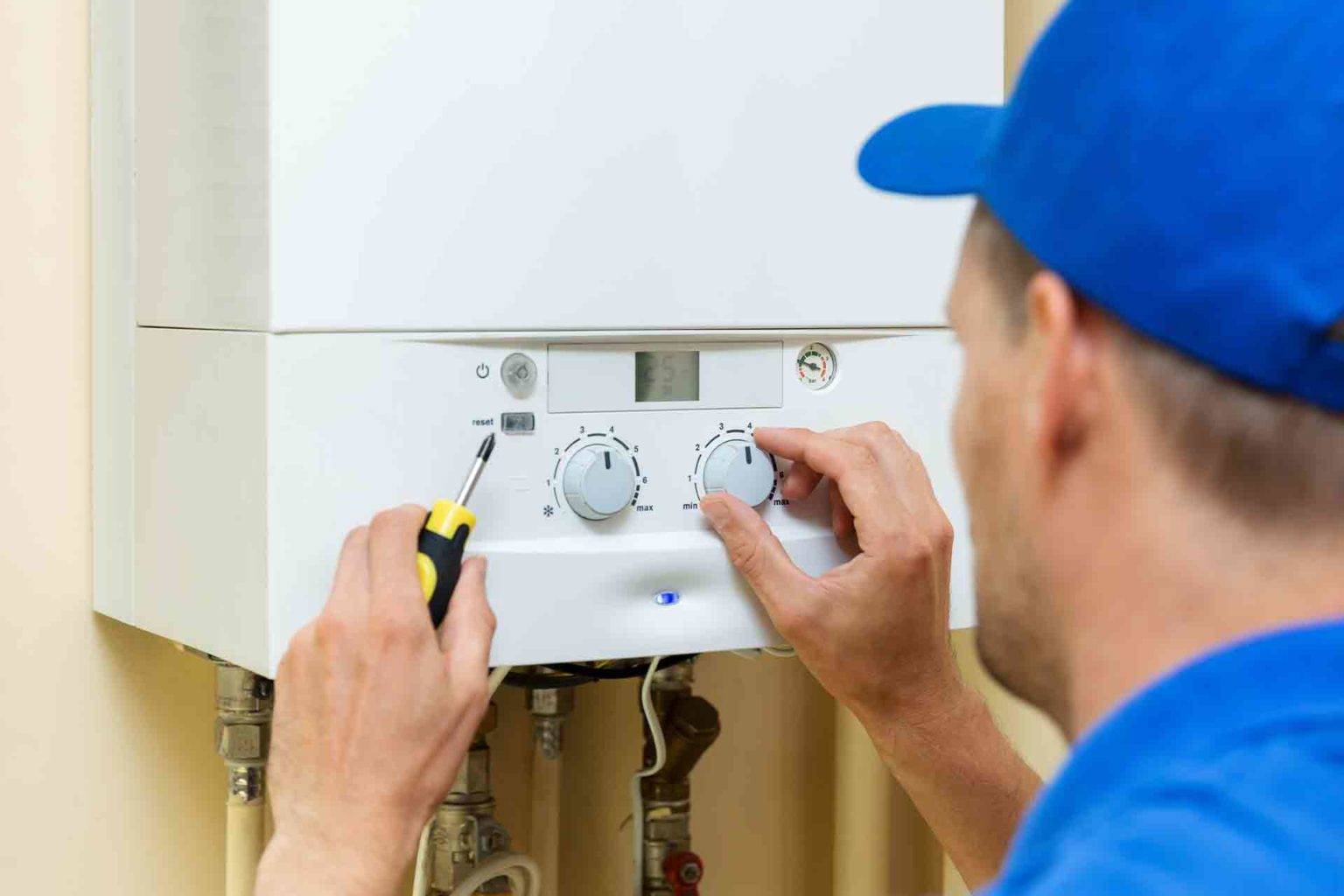
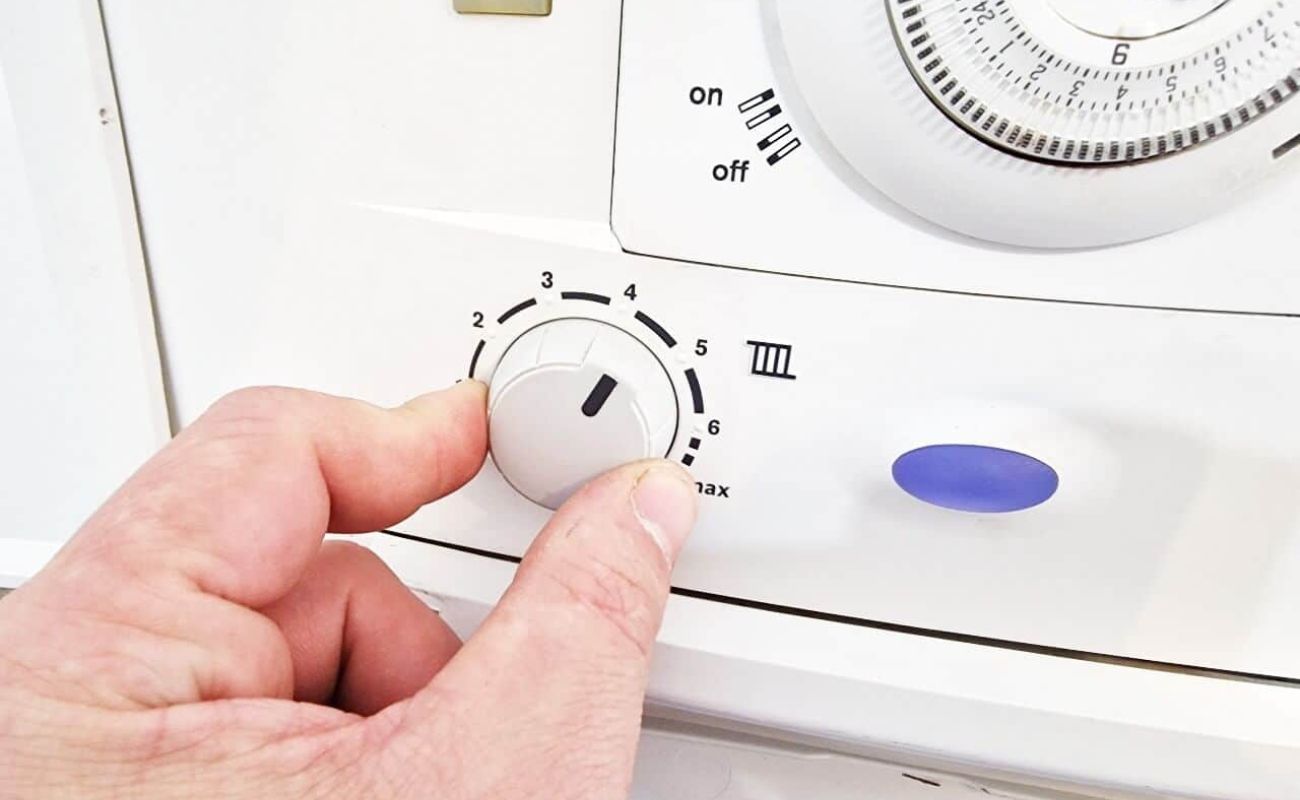
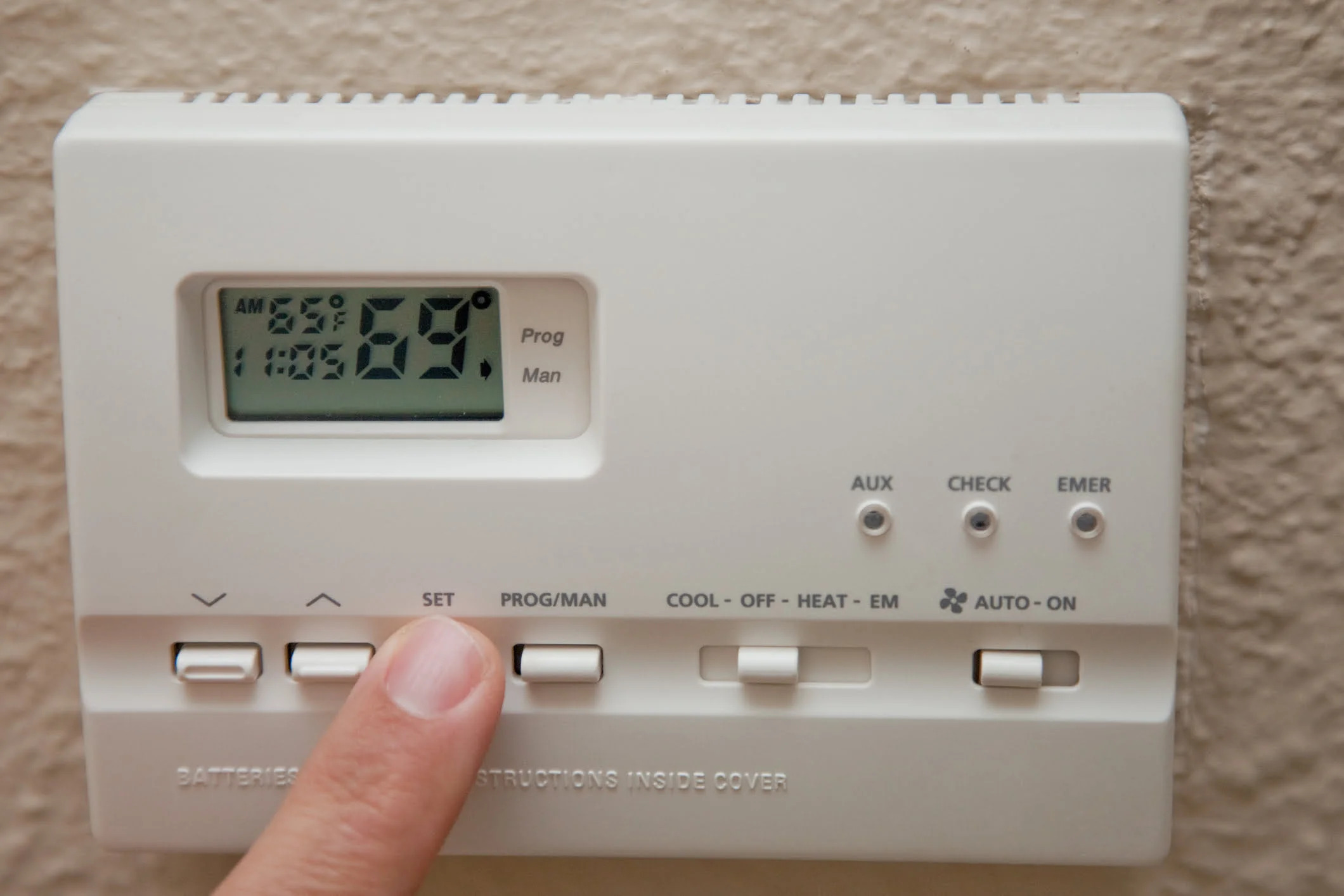
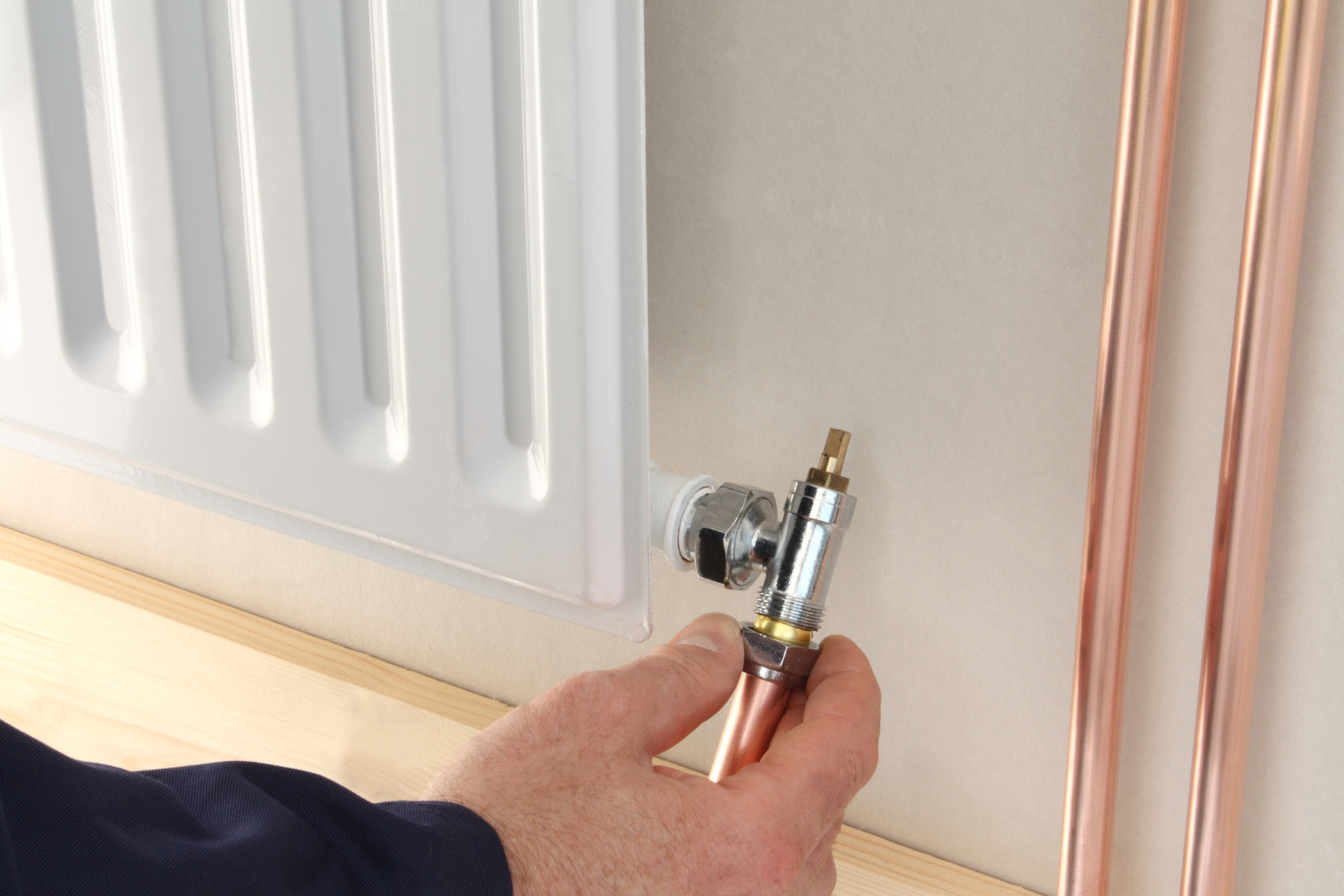

0 thoughts on “What Is Central Heating In An Apartment”